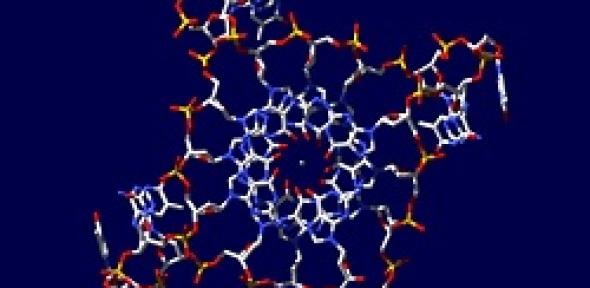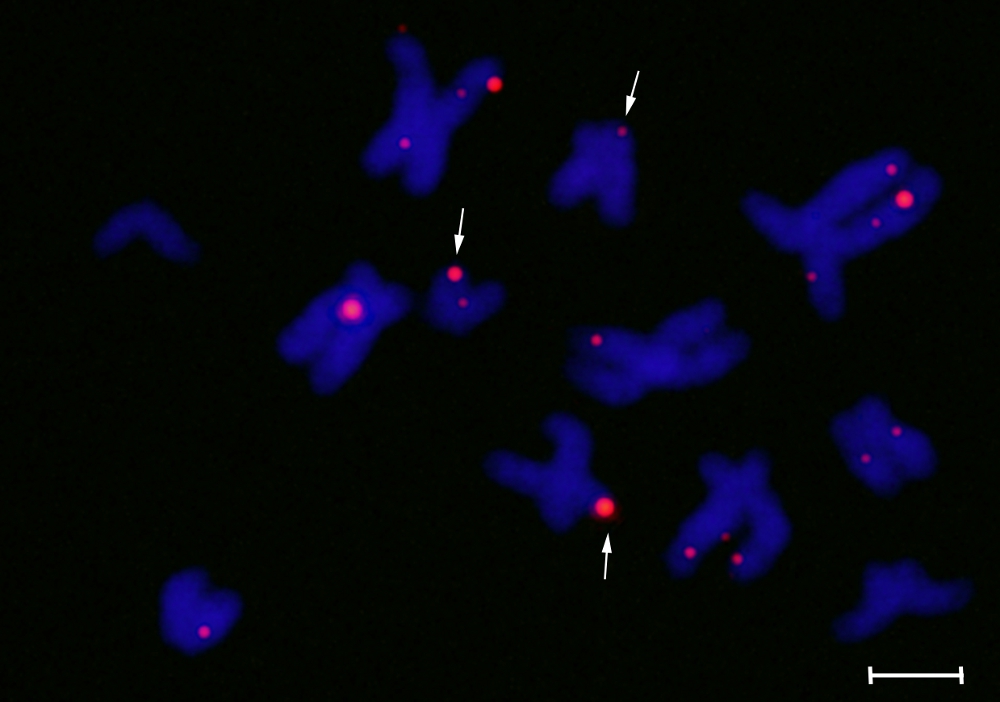
DNA G-quadruplexes have been of academic interest for a number of years, but no-one has proved they exist in human cells. Now, research in Shankar Balasubramanian’s group has proved they do – after more than a decade of trying.
If a strand of DNA is particularly rich in guanine residues, the normal two-stranded double helix can fold up, and four of these guanine residues held together by hydrogen bonding. Further stability is provided by a monovalent metal cation such as potassium coordinating to the lone pairs of the oxygen atoms in the guanine structures. These four-stranded DNA assemblies are known as G-quadruplexes.
While G-quadruplexes can be formed in the lab, whether such structures actually exist within the DNA of human cells has been a contentious issue, Shankar says. ‘This study is the most definitive evidence we have been able to find, in 12 years of pursuit, to address this very important question,’ he says. ‘In short, we have now shown that the DNA of cancer cells do actually form these four-stranded DNA structures, and that DNA does not always exist as a Watson-Crick double helix.’
In the study, PhD student Giulia Biffi and co-workers used an engineered, structure-specific antibody to visualise and quantify G-quadruplexes within cells and, importantly, link the formation of G-quadruplex structures in DNA to cellular function. ‘We have shown that G-quadruplexes form at the telomeres at the ends of the human chromosome, but three-quarters of the G-quadruplexes detected were not in the telomeres – they form throughout the human genome, and not just at the telomeres,’ Shankar explains.

Image 2- DNA G-quadruplex structures (red foci) can be visualised in human chromosomes (blue) and are present both at telomeres (arrow) and throughout the chromosomes. Scale bar corresponds to 2.5 mm.
Importantly, the group were able to show that pyridostatin, a molecule that targets G-quadruplexes, stabilises and traps these structures in human cancer cells. They have previously shown that these molecules have potent anticancer activity, and Shankar is optimistic trapping the G-quadruplexes might be an effective way to inhibit the proliferation of cancer cells.
The work was largely funded by Cancer Research UK, and is published in Nature Chemistry.
Giulia Biffi, David Tannahill, John McCafferty and Shankar Balasubramanian, Nature Chemistry, published online 20 January 2013, DOI:10.1038/nchem1548
See also:
http://www.bbc.co.uk/news/science-environment-21091066
